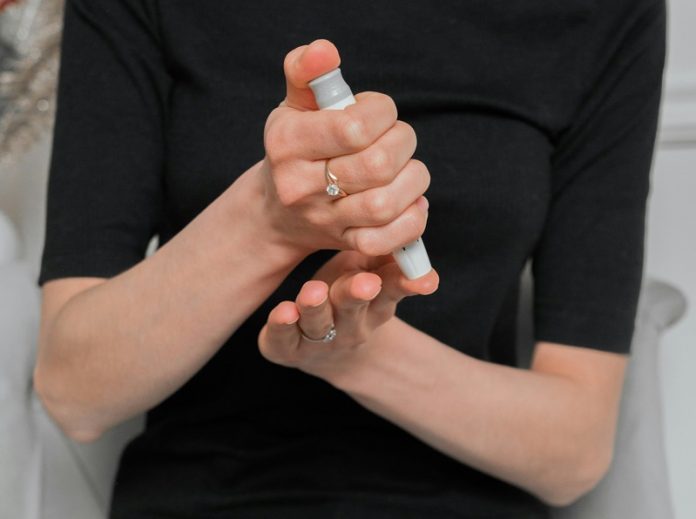
Keeping cuts and sores clean is essential, but new research from the Perelman School of Medicine at the University of Pennsylvania reveals that a specific bacterium, Alcaligenes faecalis (A. faecalis), can actually aid in healing stubborn wounds in people with diabetes.
While most studies focus on harmful bacteria in wounds, researchers found that A. faecalis, commonly found in chronic wounds, helps heal diabetic wounds by promoting essential skin cell movements.
Led by Dr. Elizabeth Grice and MD-Ph.D. student Ellen K. White, the study was published in Science Advances.
The team discovered that A. faecalis supports wound healing by inhibiting certain enzymes that are overly produced in people with diabetes, which can slow down the healing process.
This research builds on previous studies where Dr. Grice and her team examined bacteria in diabetic foot ulcers over time.
They found that A. faecalis surprisingly promoted healing, motivating further investigation.
Chronic wounds, like sores and ulcers that heal slowly or not at all, are common in diabetic patients.
These wounds can be painful, prone to infection, and lead to higher rates of illness and death. New treatments are desperately needed, as current options are limited to surgical removal of dead tissue and bandaging.
To understand how A. faecalis aids diabetic wound healing, researchers conducted several tests with diabetic mice, their skin cells, and human diabetic skin samples. They found that introducing A. faecalis to diabetic mice with wound healing issues led to faster wound healing without any infection signs.
In addition, they discovered that A. faecalis caused keratinocytes (the main wound healing cells in the epidermis) to multiply and move more effectively to close the wound compared to untreated cells. When human diabetic skin samples were cultured with A. faecalis, there was a significant increase in keratinocyte growth after ten days.
Further analysis showed that wounds in diabetic mice treated with A. faecalis activated genes related to immune defense and reduced genes responsible for breaking down collagen, particularly the enzymes called matrix metalloproteinases (MMPs). In people with diabetes, excessive MMPs can hinder proper wound healing. The study specifically focused on MMP-10, which is expressed by keratinocytes and was found to be lower in wounds treated with A. faecalis.
“MMPs are necessary for breaking down cell connections to allow movement, but they are present at much higher levels in diabetic patients,” explained White. “Our findings show that A. faecalis rebalances MMP expression, leading to faster wound closure.”
The researchers hope to explore how A. faecalis communicates with skin cells and interacts with other bacteria in the wound. This new understanding opens up possibilities for developing new wound care treatments.
“Bacterial-based wound therapies are an exciting new frontier,” said Grice. “We can explore different ways to use our findings, such as isolating the healing molecules secreted by A. faecalis or targeting pathways affected by the bacteria. The better we understand the process, the more likely we can develop treatments to help patients with wound and skin repair issues.”
If you care about diabetes, please read studies about 5 vitamins that may prevent complication in diabetes, and how to manage high blood pressure and diabetes with healthy foods.
For more health information, please see recent studies about vitamin D and type2 diabetes, and to people with type 2 diabetes, some fruits are better than others.



